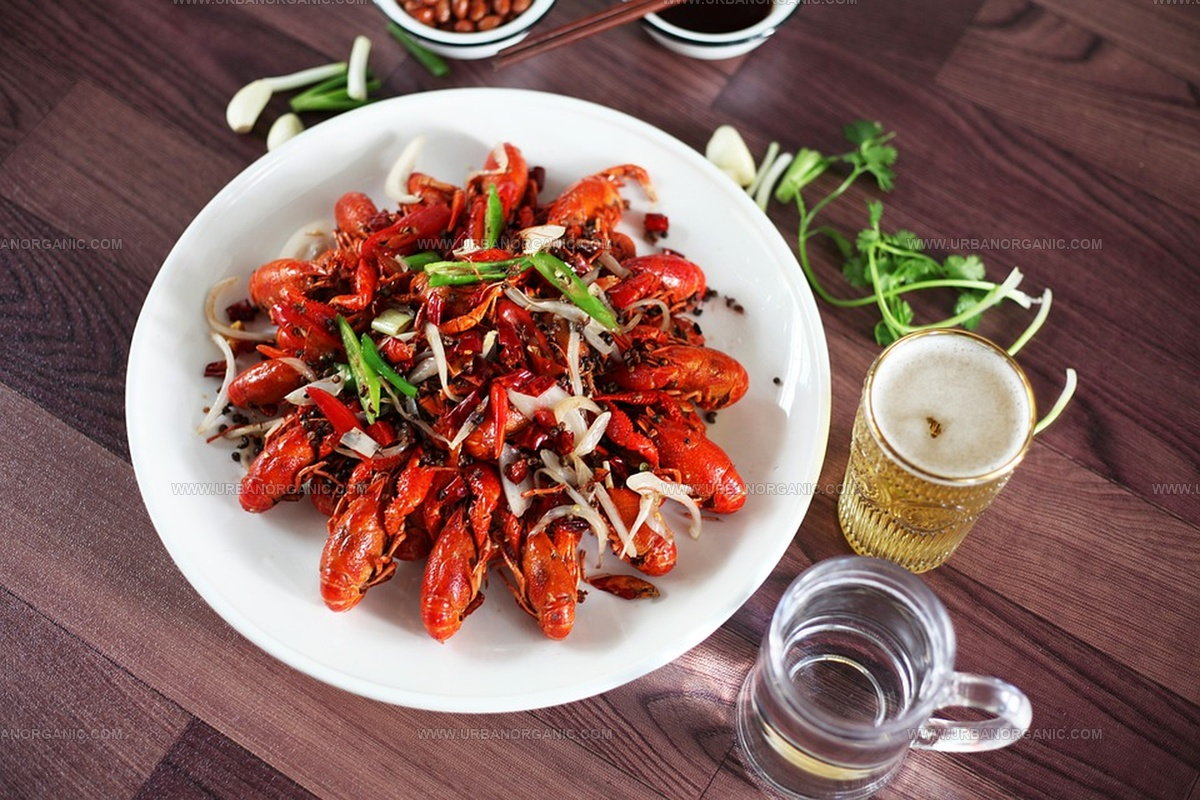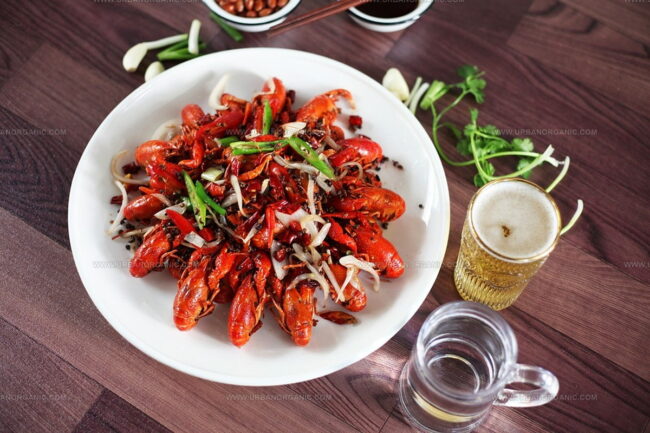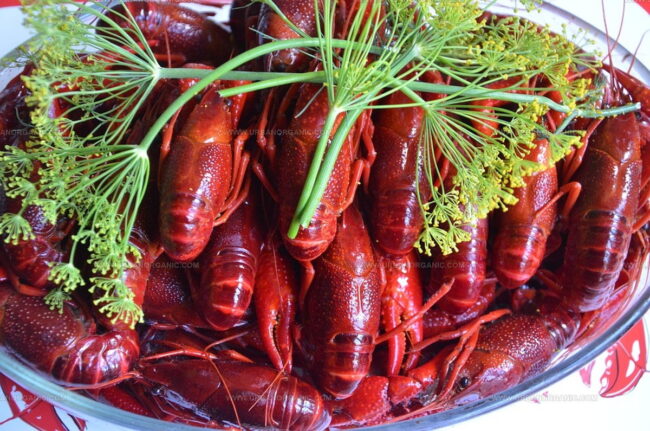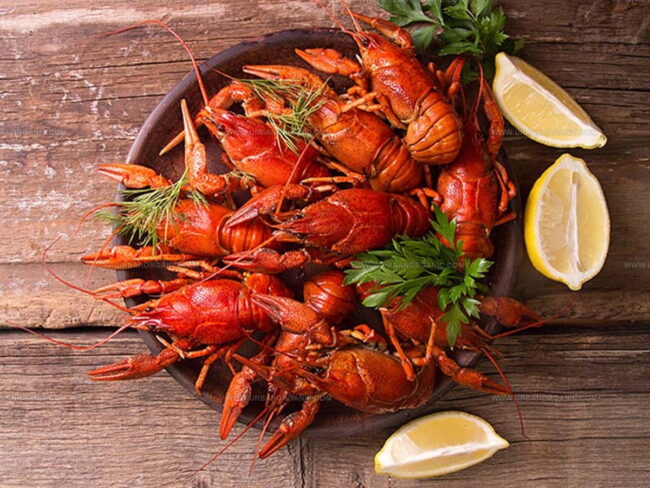What Do Crawfish Taste Like? A Flavor Trip Down South
Crawfish cuisine sparks curiosity among food enthusiasts seeking unique culinary experiences.
These small crustaceans have captured the attention of seafood lovers across different regions.
Southern states like louisiana celebrate crawfish as a cultural delicacy with passionate traditions.
Seafood fans often wonder about the flavor profile of these intriguing shellfish.
Their appearance might seem intimidating, but crawfish offer a surprising gastronomic adventure.
Texture and taste can vary depending on preparation methods and seasonings.
Regional cooking techniques transform these little creatures into mouth-watering delights that leave people craving more.
Dive into this delectable journey and uncover the delicious secrets behind crawfish's irresistible appeal.
What Is Crawfish?
Some folks spot a crawfish and think it looks like a strange mix between a lobster and a fish.
Small sea creatures have ten legs and two front claws that can seem scary to many people.
These water dwellers live on ground surfaces, much like crabs or lobsters.
Crawfish started as a meal for people with little money.
Social changes in the mid-1800s shifted perceptions about this small seafood.
People began to recognize its special flavor, and soon it became a fancy dish enjoyed by wealthy groups.
Meat serves as the main part people eat from crawfish.
Careful cooking makes these small sea creatures taste similar to lobster, but with more meat and sweetness.
Sea lovers enjoy how crawfish share characteristics with lobsters and shrimp in both looks and taste.
Flavor of Crawfish
Crawfish might look like a fish, but it doesn't taste like one. People often think crawfish and crab taste similar, but that's wrong.
Crawfish has a stronger flavor and more meat.
Crawfish brings a sweet taste with light salt and mineral notes.
Describing its flavor can be tricky, but crawfish definitely has its own special taste. Raw crawfish actually taste less salty compared to lobster.
Crawfish offers a flavor profile that mixes sweetness, saltiness, and mineral hints. Different parts of crawfish have unique tastes when you break it down:
Each section brings something special to the eating experience. Crawfish meat provides a delightful mix of flavors that make seafood lovers excited.
Difference Between Crawfish and Lobster
Crawfish and lobsters look quite similar, making it hard for most people to tell them apart. These sea creatures share many traits in their looks, cooking methods, and tasty flavors.
Crawdads vs. Crawfish: What’s Different?
Crawdads are small water creatures that look like tiny lobsters.
People find these little animals in rivers, streams, lake shores, and pond edges around the United States.
People use different names for these small shellfish depending on where they live.
Some call them crawfish, others say crayfish, and some regions prefer crawdads.
Words for these water creatures change based on local language patterns.
Louisiana residents typically say crawfish, northern states often use crayfish, and western states like California, along with Arkansas, Oklahoma, and Kansas, commonly say crawdad.
How to Eat Crawfish
Crawfish cooking starts with boiling them in salty water before adding seasoning.
After boiling, you can mix in your own special spices.
Boiling helps the Crawfish get a rich, tasty flavor similar to shrimp.
People enjoy Crawfish for its soft meat and slightly salty mineral taste that makes it special.
Preparing Crawfish involves several steps.
First, clean the shell carefully.
Crack open the shell and remove the inner parts.
Next, pick your favorite seasonings for extra flavor.
Some cooks like using paprika, cilantro, and cayenne pepper.
Most of the meat comes from the tail and legs, while the head and tail are important parts of the whole creature.
Cooking Crawfish preserves their natural flavor and texture.
Water makes the best base for boiling.
Spice mixes work well for people who want an easy seasoning option.
Simply add Crawfish to the boiling liquid and wait for bubbles to form.
Cooking goes quickly, making this a simple meal to prepare.
Crayfish vs. Crawfish Explained
Crayfish and crawfish point to the same water-dwelling creature.
Small shellfish swim in freshwater spaces like streams, rivers, and lake borders.
People in North America, Europe, and Asia catch these tiny sea animals for food or use them to attract bigger fish.
Crawfish sounds like another way southern speakers say crayfish.
Language changes how words sound in different places.
Both words mean exactly the same thing.
Scientists and regular people use these names to talk about similar water creatures.
Language experts see no real difference between these two words.
Regional cooking makes one word more common than another.
Southern kitchens prefer crawfish, while other areas might use crayfish.
Regional cooking styles change how people talk about these small water creatures.
Best Spices and Sauces for Crawfish
Crawfish shine in many cooking styles and work well with different seasonings and sauces.
Southern states like Louisiana and Mississippi love serving crawfish at big community cookouts.
People cook crawfish in massive pots with potatoes, corn, onions, mushrooms, turkey neck, and sausage.
Cooks add garlic, lemon, cayenne pepper, bay leaves, and salt to make everything taste amazing.
Crawfish bisque counts as another popular seafood choice.
Cooks fill empty crawfish shells with a special mixture and blend Cajun spices into a smooth tomato sauce.
Spicy herbs and rich cream make these dishes extra special.
People can quickly whip up crawfish sandwiches or salads with simple dressings or mayonnaise.
Simple preparations help crawfish flavors come through, creating light meals packed with delicious seafood taste.





Michael Thompson
Founder & Culinary Director
Expertise
Classical & Contemporary Cooking Techniques, Global Cuisine Appreciation, Nutrition & Menu Engineering, Sustainable Cooking Practices, Farm-to-Table Cuisine
Education
Southwestern Oregon Community College
Michael grew up in Oregon, where he learned early that food tastes better when it’s fresh, local, and made with care.
After earning his degree from the Southwestern Oregon Community College, he focused his career on teaching others how to cook with the seasons, reduce food waste, and reconnect with what’s on their plate.
Michael keeps his cooking simple, sustainable, and full of flavor. His favorite part of the process? Watching people realize how easy and satisfying it can be to cook a single great meal from scratch.